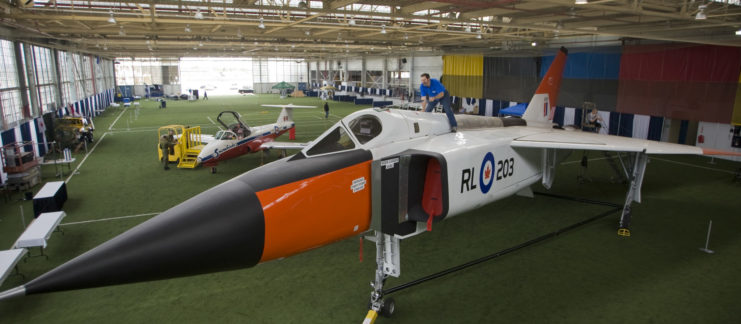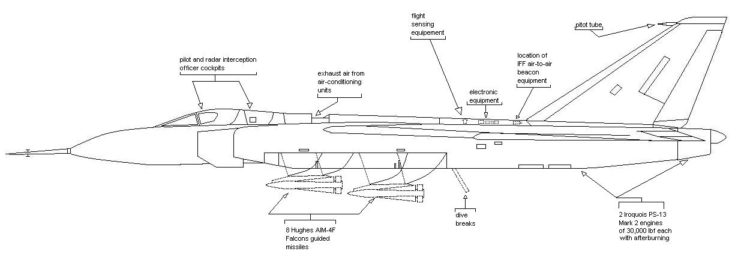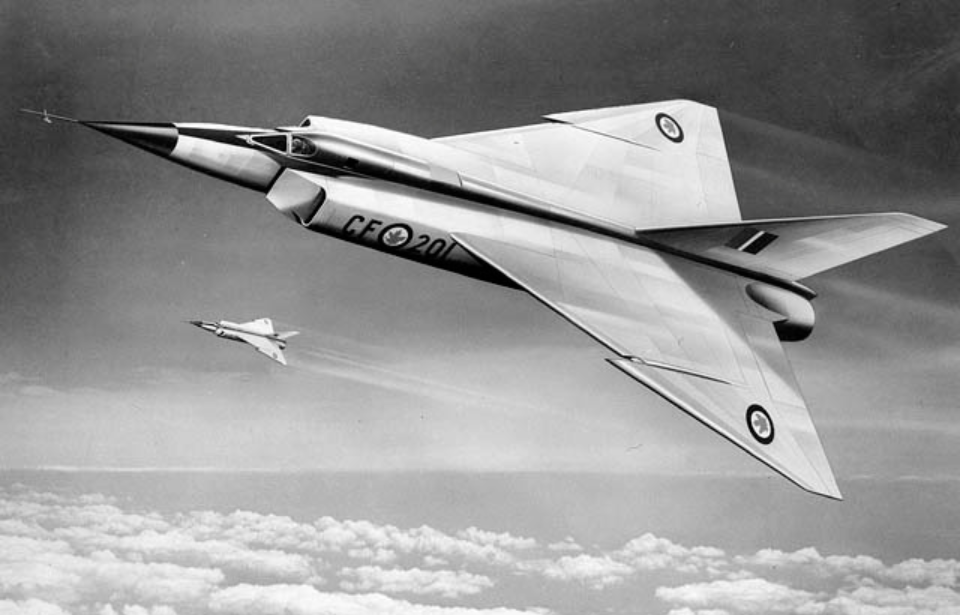The Avro Arrow is the subject of a frustrating and tragic story about a world-class aircraft that was simply too ambitious for the nation that undertook the challenge of designing it. It spawned from the era shortly after the Second World War, when the West was expecting a conflict with the Soviets and believed an attack would come from long-range, high-altitude bombers. To counter the potential threat, jet interceptors began to be constructed, with the Avro Arrow being Canada’s proposed aircraft.
Canada wanted its air industry to be a global powerhouse

When the end of World War II was in sight, Canadian political and military leaders began looking to the post-war future. With the nation’s large number of aircraft factories still producing the Supermarine Spitfire and Avro Lancaster, they saw an opportunity.
With these factories, Canada would jump-start a major aircraft industry at the dawn of the Jet Age, designing and constructing aircraft in-house. However, officials didn’t plan on this being an ordinary industry. Instead, they aimed for it to be one the world simply couldn’t ignore. It was hoped that, with these designs, the country would establish itself as a major player in military and civil markets for years to come.
Testing the Avro Arrow

The Avro Arrow was to be Canada’s golden goose. However, as history would show, the nation had aimed too high.
The proposal was so promising that, in July 1953, the project, renamed the CF-105, was given $27 million in funding. Just one month later, the Soviets detonated their first hydrogen bomb, after which they put the Myasishchev M-4 in the air. This led to the funding for the Avro Arrow being increased to $260 million, which would pay for the construction of five test aircraft, as well as 35 “Mark 2” Arrows with production engines and fire-control systems.
The Avro Arrow is canceled
All seemed to be going great for the Avro Arrow, which many hoped would lead Canada’s charge into the aerospace industry. Unfortunately, while it was shaping up to be a game-changer, the program’s ballooning budget, which totaled $1.1 billion, was becoming a game-breaker.
